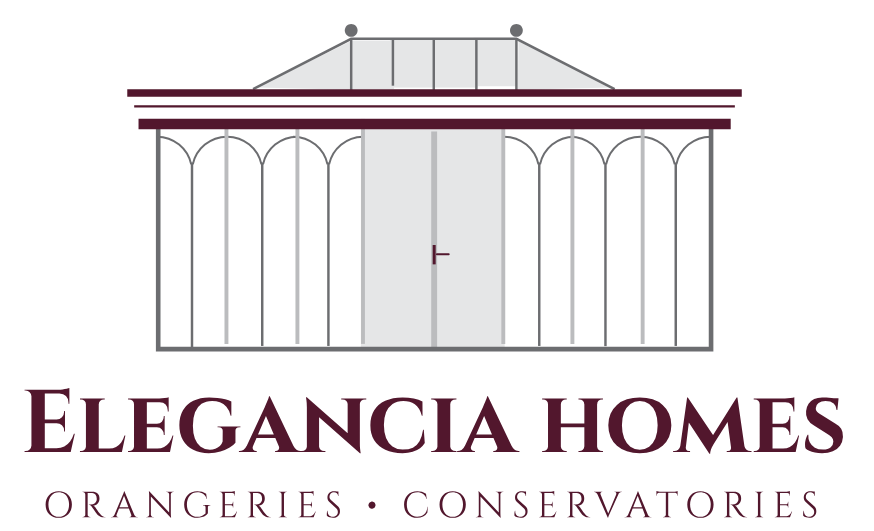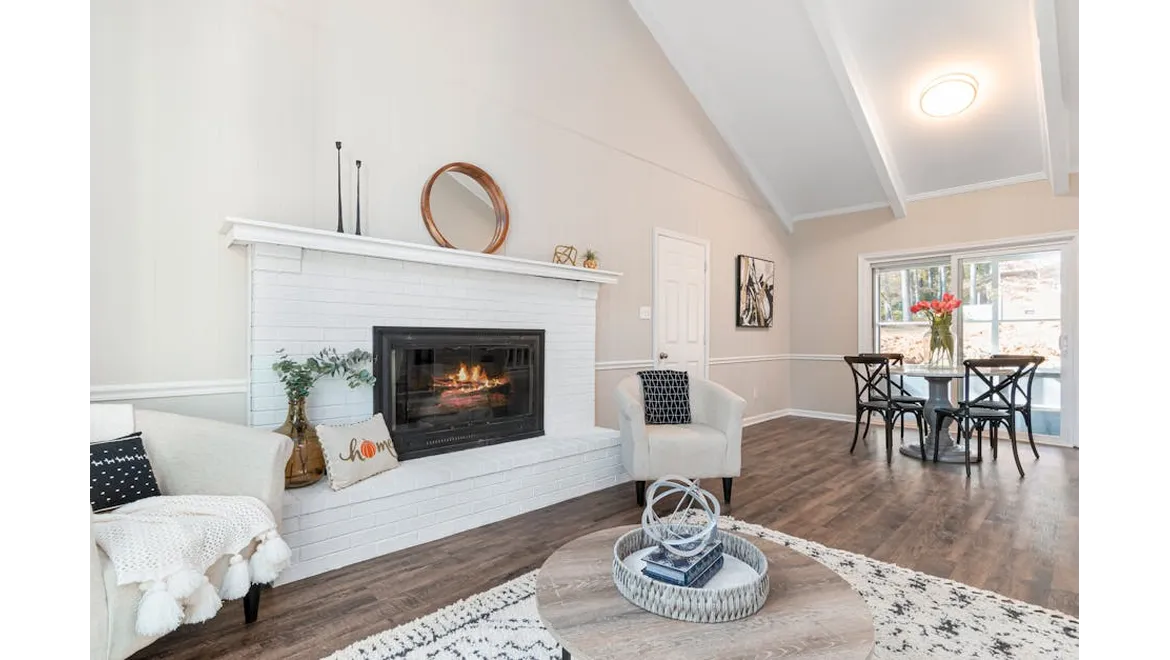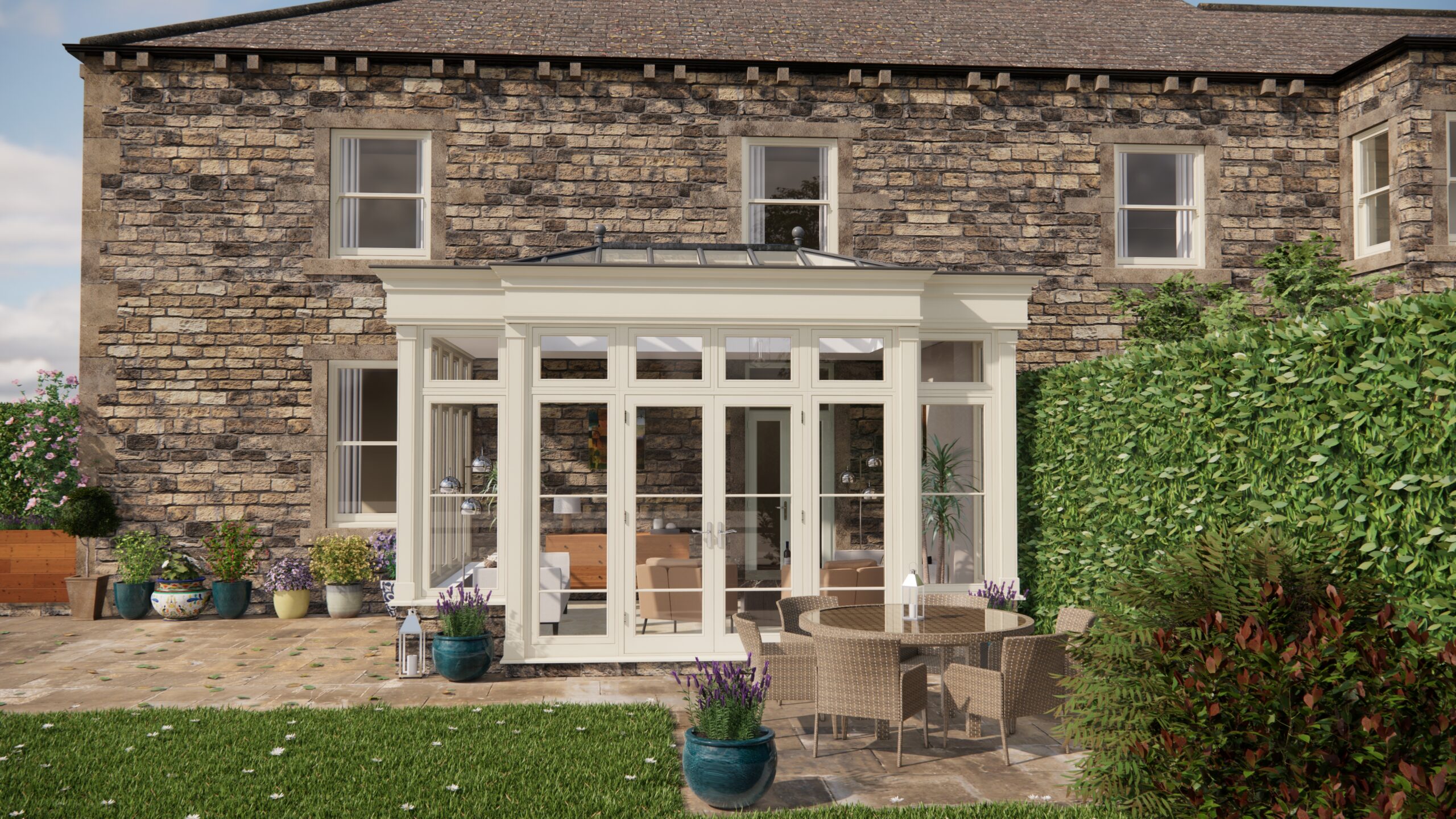For years, our orangery had become a bit of a dumping ground – Christmas decorations in January, garden tools vying for space with forgotten furniture. It had so much potential, flooded with light, but it lacked…purpose. Lately, I’ve been diving deep into articles about wellness and how our homes can be optimised for relaxation and exercise, especially for activities like yoga, which is something our whole family enjoys. That’s when I stumbled upon the idea of transforming my orangery into a year-round wellness sanctuary, inspired by the principles outlined in articles like ‘Orangery Oasis: Transforming Your Orangery into a Year-Round Wellness Sanctuary with Color and Texture.’ The key? Colour, texture, and biophilic design.
Understanding the Psychology of Colour and Texture
My research kept pointing back to the powerful impact colour and texture have on our mood. Harsh, vibrant colours can be stimulating, even agitating, which wasn’t the vibe I was going for. Instead, I focused on creating a palette that promotes calm. Think soft blues reminiscent of a clear sky, gentle greens mirroring nature’s tranquility, and warm neutrals to create a sense of groundedness. Specific paint colours I chose included a muted sage green for the main walls (‘Misty Meadow’ from Farrow & Ball, if you’re curious!) and a creamy off-white for the ceiling to maximise light reflection.
Texture plays just as vital a role. Imagine smooth, cold tiles under your bare feet – not exactly relaxing! I layered textures to create visual and tactile interest that invites you to unwind. A key piece was a large, natural jute rug. Its rough, organic texture immediately softened the space and provided a comfortable surface for yoga. Cushions in varying textures – think linen, velvet, and chunky knit – were strategically placed on the seating areas, making them instantly inviting. Finally, a textured throw draped over an armchair adds another layer of cosiness. The goal was to stimulate the senses in a gentle, soothing way.
Biophilic Design: Bringing the Outdoors In
Biophilic design is all about connecting with nature, and it’s incredibly effective for reducing stress. My orangery was already blessed with plenty of natural light, thanks to its large windows and glass roof. But I wanted to amplify that connection. The first step was decluttering and creating more visibility to the garden outside. Next came the plants. I incorporated a variety of greenery, including trailing pothos vines cascading from hanging baskets, a calming fiddle-leaf fig in a large pot, and smaller succulents and air plants on shelves. Research suggests specific plants, like lavender or snake plants, can even purify the air, further enhancing the wellness aspect.
I also considered incorporating natural materials beyond just plants. A small water feature – a simple tabletop fountain – provided a calming auditory element. Wooden accents, such as a reclaimed wood side table and bamboo blinds, reinforced the natural aesthetic. Even the aromatherapy diffuser I use is made from ceramic, adding a subtle, earthy touch.
Optimising the Space for Relaxation and Exercise
Creating dedicated zones within the orangery was essential. I designated one corner as my yoga space, complete with a comfortable yoga mat, blocks, and a bolster. Ensuring enough space to move freely was paramount, so I kept the area relatively uncluttered. Next to this I have a smart speaker to play calming music during my excercise. Adjacent to the Yoga area I created a reading nook, which consists of a comfortable armchair, a small table, and a good reading light. By defining these zones, I could easily transition between exercise and relaxation.
Lighting is key for creating the right atmosphere. Whilst the natural light is beautiful, for evening practice I ensured to install dimmable lights to create a softer and warmer atmosphere. This allows me to easily adjust the lighting depending on the time of day and my mood.
Comfortable seating arrangements were also crucial. I opted for modular seating that can be easily rearranged to accommodate different needs. A small coffee table provided a convenient surface for drinks or books. The key was to create a space that felt both functional and inviting.
Through mindful consideration of colour, texture, and biophilic design principles, I transformed my once-neglected orangery into a haven for relaxation and exercise. Soft, nature-inspired colours work harmoniously with layered textures to create a calming atmosphere. The abundance of natural light and carefully chosen plants bring the outdoors in, fostering a deeper connection with nature. And by creating dedicated zones for yoga and relaxation, I’ve made it easier than ever to prioritise my well-being within the comfort of my own home.


